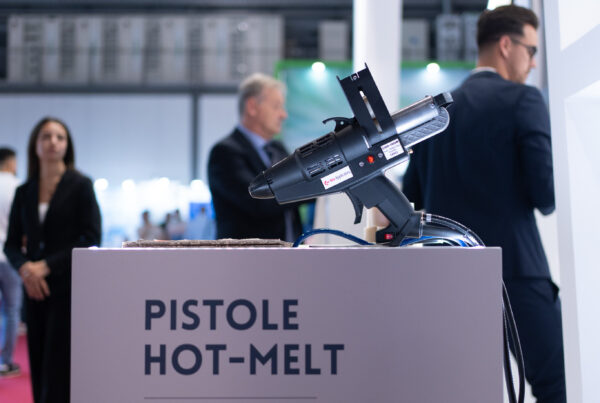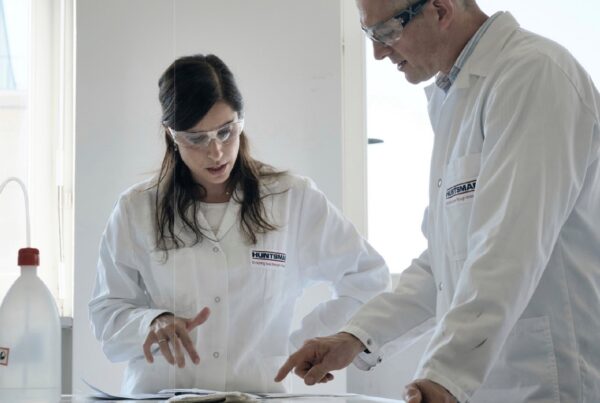
Huntsman Araldite unveils new “Material Model” tool that provides the information needed to simulate adhesive joint behavior
Experimental scientific simulation is widely recognized as a reliable tool to assist the design of bonded structures; in fact, its applicability is based on realistic material behavior models.
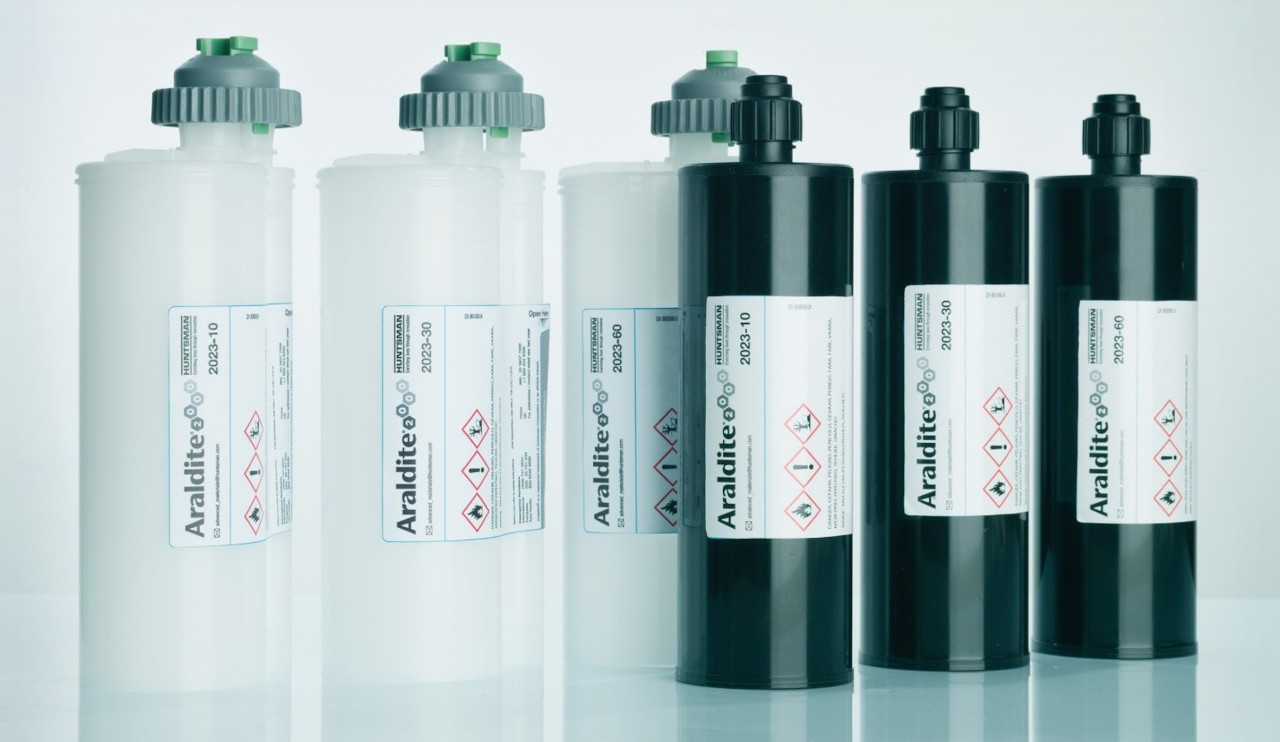
Based on solid experimental characterization, material models for ARALDITE® adhesives will help you get fast and accurate simulations of your project conditions.
With our realistic material models, you can get fast and accurate application simulations when qualifying adhesives for your project.
Our models provide a wealth of information about the physical, mechanical and thermal behavior of our products.
Relying on our data when planning a new project helps reduce the time and budget spent on the qualification process.
We provide the data needed to predict the combined effect of design parameters and adhesive properties on your project’s process and operating conditions.
Get fast and accurate bonding simulation
Predict results with over 90% success rate
MATERIAL MODEL CAN PROCESS ALL THIS DATA TO SUPPORT YOU IN DESIGNING
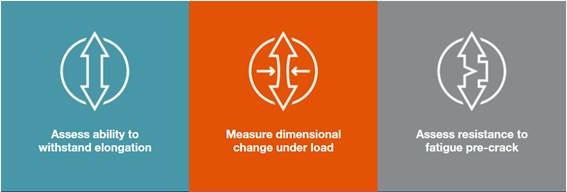
Evaluates the adhesive’s ability to resist tensile stress: The behavior of adhesives exposed to varying stresses, and their ability to withstand stress without breaking, are critical in determining the most suitable adhesive for an application.
Measures dimensional change under load: Poisson’s coefficient is commonly used in the design of new structures because it allows engineers to consider the expected dimensional changes of a given material when it is under load.
Evaluates adhesive toughness: Fracture toughness determines the overall resistance of a material toward an applied load that can cause a fracture to occur, propagate, and develop.

Prevent thermal stress failures: understanding the relative expansion/shrinkage characteristics of two materials in contact is critical to determining application success.
Consider the change of state from glassy to flexible: the glass transition temperature ensures proper application, as some adhesives will function below it in their glassy state, while others will function above it in a soft, flexible phase.
Assesses tensile shear strength: understanding the amount of shear force, which can be exerted on an overlap joint before failure occurs, is an important measure for adhesive qualification.

Measure peel strength: understanding how much force is required to progressively separate two bonded flexible substrates provides designers with vital information for understanding the effective strength of an adhesive.
Calculate the density of the cured adhesive: designers consider this to be of great value because it allows for greater application of adhesives in uneven situations, helping to maintain adequate adhesive coverage.
Predict volumetric shrinkage: volumetric shrinkage testing is a key factor in understanding joint deformation and any associated changes in the stiffness and shape of the parts that could lead to joint failure in the long run.
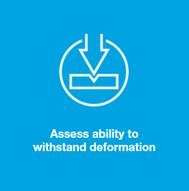
Evaluate the shore hardness of an adhesive: establishing the level of direct impact and penetration resistance that an adhesive can withstand is an important parameter in adhesive selection
Request the information needed to simulate the behavior of the adhesive joint


